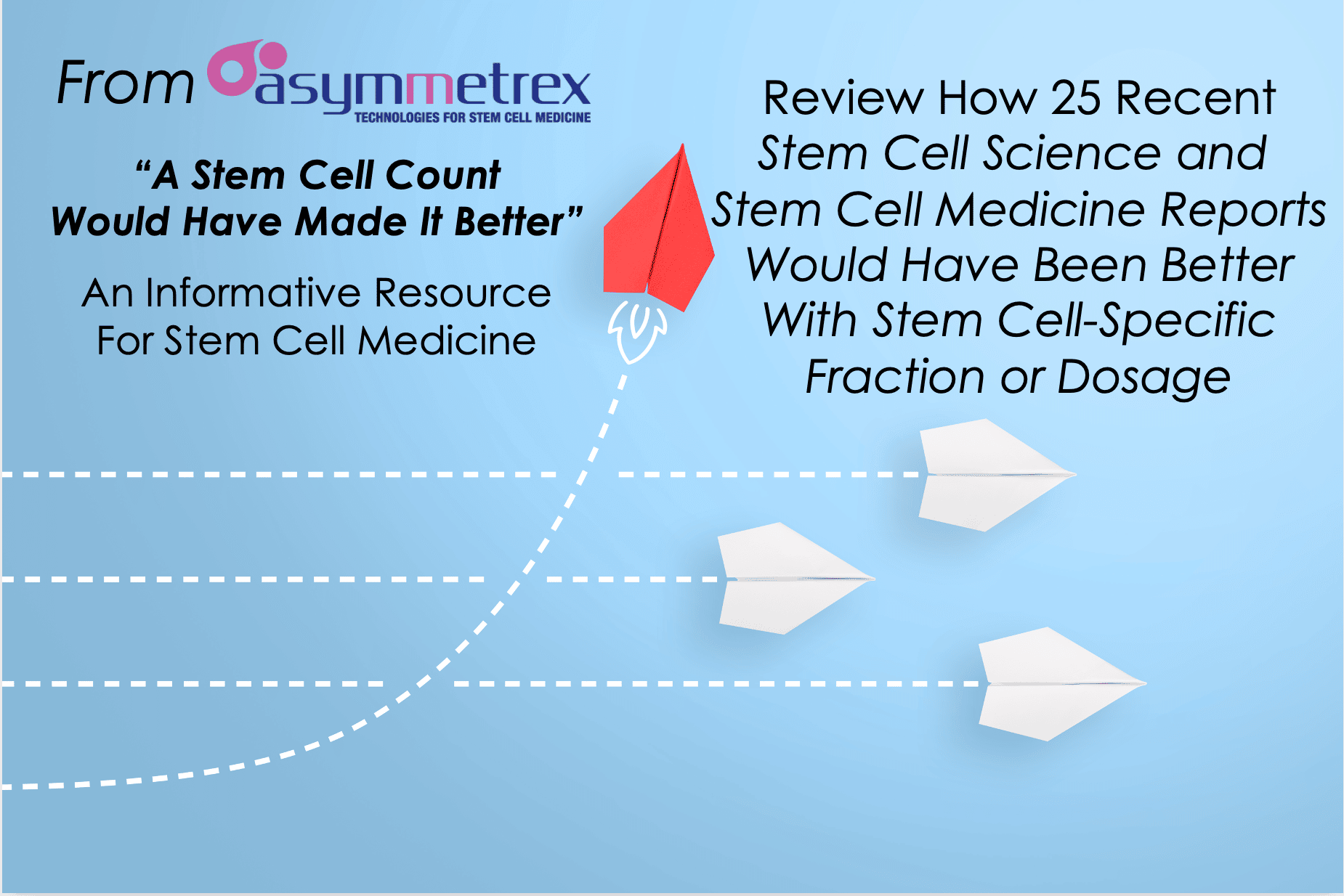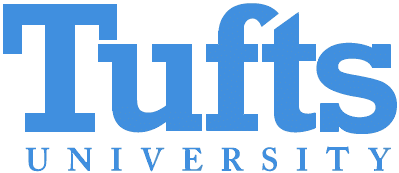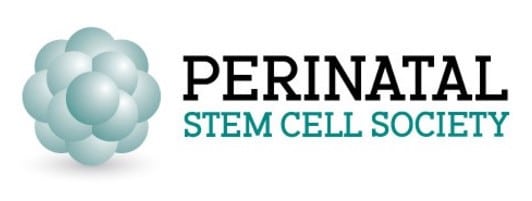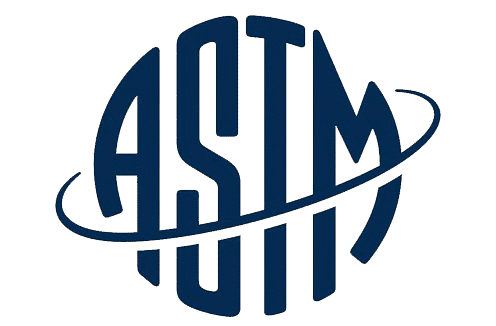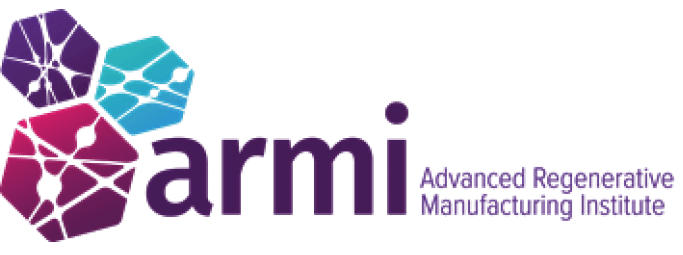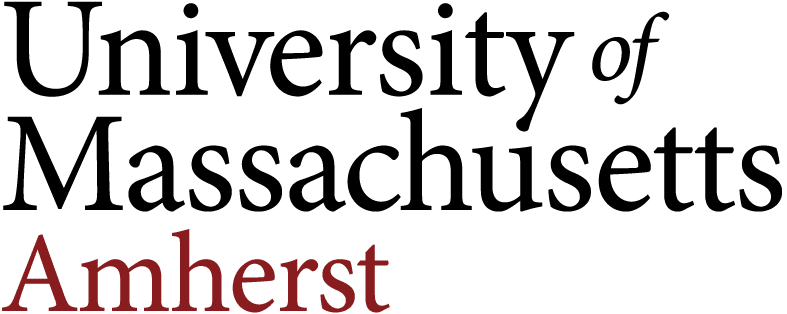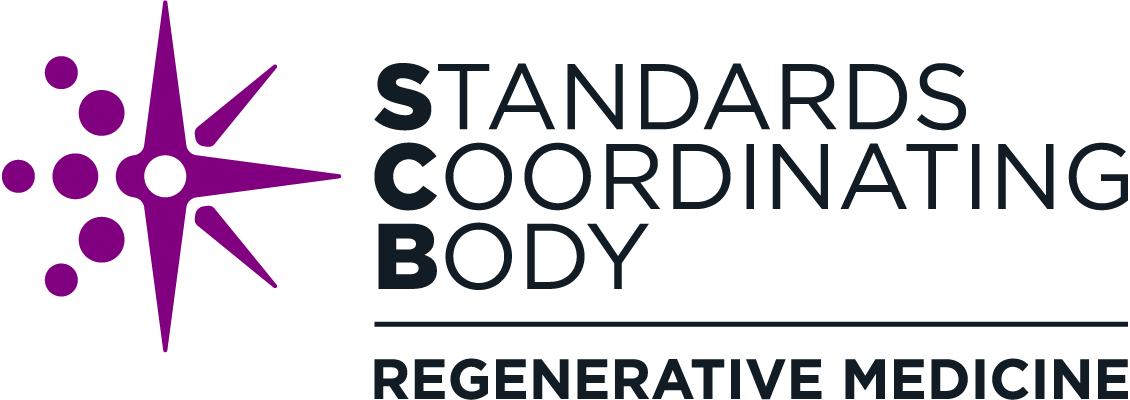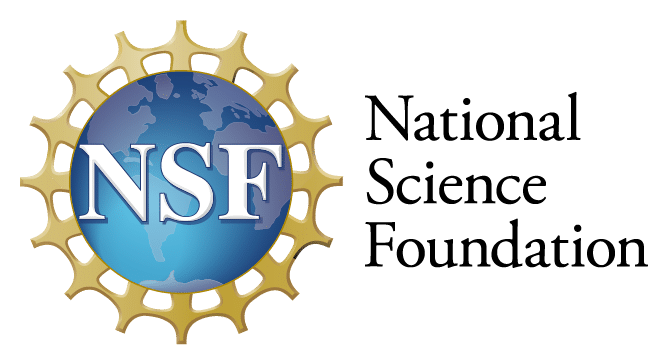ASYMMETREX’S KINETIC STEM CELL (KSC) COUNTING TECHNOLOGIES
Providing the answer to a critical question in stem cell science and medicine:
How Many Stem Cells?
For stem cell physicians:
Knowing how many stem cells are in your patients’ stem cell treatments will allow you to know the potency of your stem cell therapies.
For stem cell suppliers:
Knowing how many stem cells are present at each stage of your manufacturing process will allow you to produce higher quality stem cell products, more efficiently, and more cost-effectively.
Pharmaceutical companies:
Knowing how many stem cells will allow you to evaluate drug candidates for detrimental or beneficial effects on stem cells in therapeutically important tissues like the liver, bone marrow, kidneys, and lungs.
BETTER PROGRESS CAN BE MADE WITH TISSUE STEM CELLS WHEN THEIR SPECIFIC NUMBER AND DOSAGE ARE AVAILABLE
Learn about Asymmetrex’s RABBIT Count Algorithm online calculators for routine rapid counting of therapeutic tissue stem cells, including hematopoietic stem cells and mesenchymal stem cells from diverse tissue sources.
Use Asymmetrex’s KSC Counting TORTOISE Test analysis to quantify the cell-type heterogeneity of tissue cell preparations and optimize tissue stem cell expansion processes.
A STEM CELL COUNT WOULD HAVE MADE IT BETTER
Asymmetrex’s Kinetic Stem Cell (KSC) Counting Let’s You Know How Many Stem Cells
How Asymmetrex® Counts Tissue Stem Cells:
“Kinetic Stem Cell Counting”
In the past, it has been impossible to count tissue stem cells like bone marrow blood stem cells and tissue mesenchymal stem cells. The counting problem persisted because no biomarkers could be found that identify tissue stem cells specifically. All available biomarkers also count other tissue cell types that greatly outnumber tissue stem cells in all their preparations. Whether in research, for drug evaluations, in biomanufacturing processes, or in treatments, tissue stem cells are a small fraction of the total cells. So, even with sensitive methods like flow cytometry, because the available biomarkers are not specific, tissue stem cell counting has been impossible.
Asymmetrex’s Tortoise Test and Rabbit Count technologies solve this problem by using kinetic stem cell counting. This computational method does not require biomarkers and does not require that the stem cells be altered in any way. Kinetic counting is based on measuring the rate at which other cells are produced by the special division of tissue stem cells. It counts tissue stem cells in their natural state.
A Brief Video History of KSC Counting’s Development
See our now advanced RABBIT Count Algorithms for Rapid Counting of Tissue Stem Cells
Why Asymmetrex® Counts Tissue Stem Cells: Quantitative Stem Cell Science and Medicine
Throughout the decades of cell science and medicine, quantitative approaches have been crucial for progress. There is a long and rich history of technical research and development to accurately count tissue cells for human tissue cell science and to quantify the dose of drugs for drug discovery, drug manufacturing, and medical treatments. In contrast, the history of stem cell science and stem cell medicine has been quite poor in this respect. No technologies have been available for counting tissue stem cells or knowing their dose for clinical development, biomanufacturing, or even for stem cell treatments, which include gene therapy and gene-editing therapy. Asymmetrex® developed kinetic stem cell counting to address this unmet need. Kinetic stem cell counting from Asymmetrex® moves stem cell science and stem cell medicine into a new quantitative era of accelerated progress, bringing better medicines to patients.

